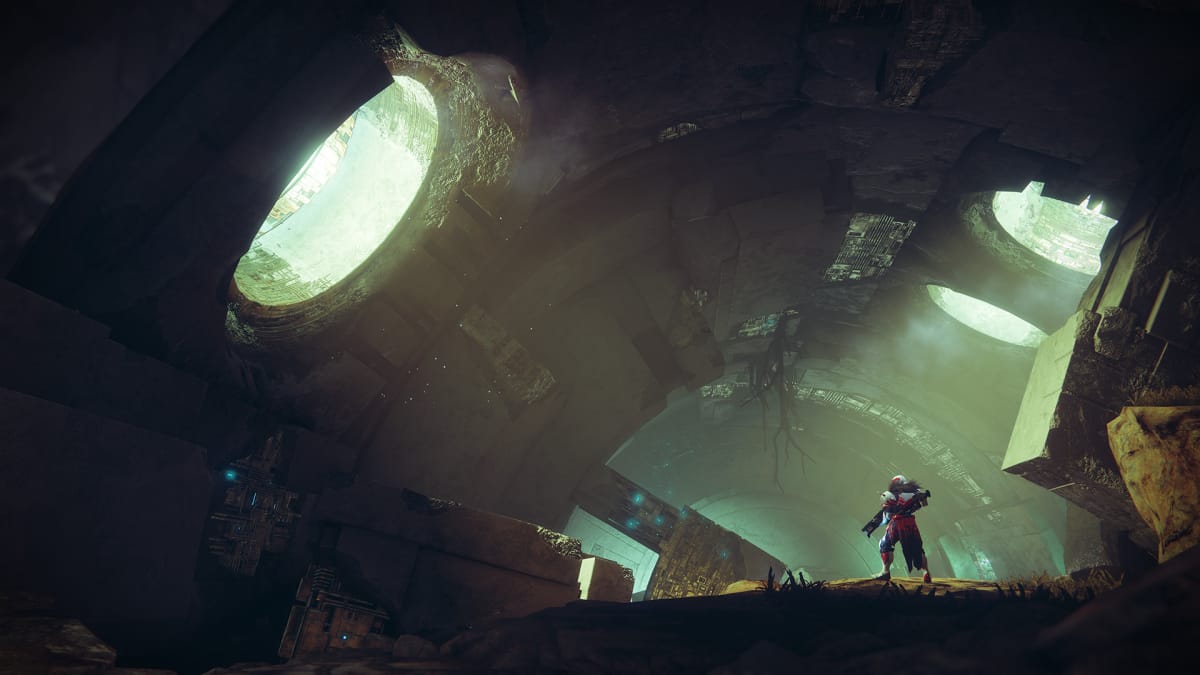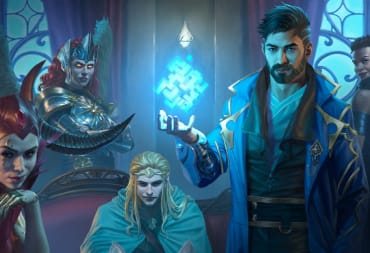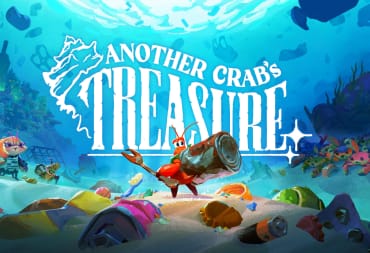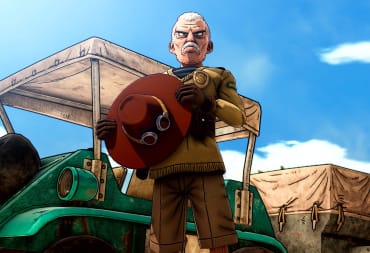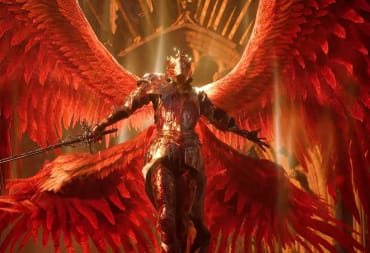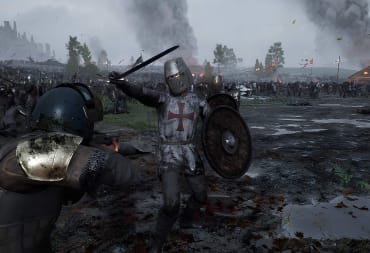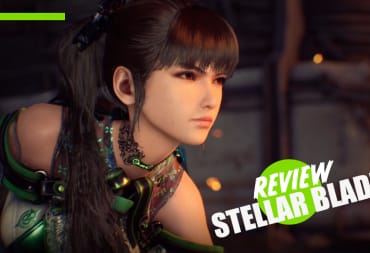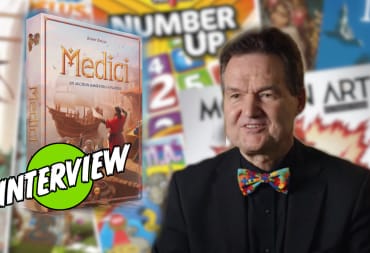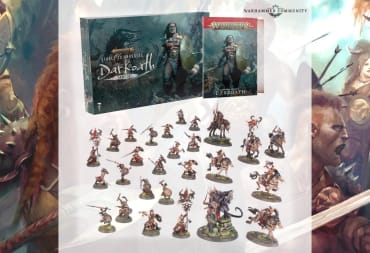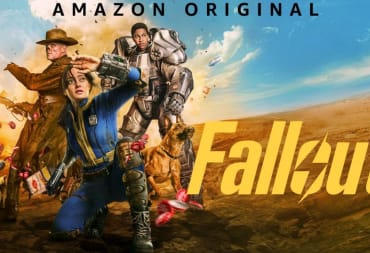For a time, most games were essentially "pick up and play five to ten hours long" affairs. You beat the campaign, then maybe you'll throw in another couple of hours looking for collectibles, or you'll do another playthrough, or you'll jump into multiplayer; but for all intents and purposes, you finished that game. A couple of generations later, hardware and software had advanced so much that it was possible to have theoretically infinite gameplay in almost every imaginable game genre. The mere concept of an endgame quickly evolved from simple bonus levels or hidden bosses to being a full-blown feature filled with the promise of endless fresh gameplay. Good endgame content eventually became just as effective as multiplayer at encouraging players to stay with a single game for dozens, if not hundreds or thousands of hours.
But what is endgame content? Everyone has their own interpretation of course, but it's generally accepted to be any difficult post-campaign/leveling activity that offers some kind of exclusive reward. The best example of this would be Raids from "old-school" MMORPGs like Everquest or World of Warcraft, activities where a bunch of people got together to beat up on a boss for a few hours to get some unique gear. This model has worked so well that it's advanced into the modern generation with games like Destiny with few fundamental changes. For games without an explicit endgame activity, the endgame stage is a more nebulous and subjective affair (i.e. do you want to collect all the weapons, kill all the bosses, dress your character up, etc.), yet Raids remain the gold standard for getting that "phat lewt."
In any case, it shouldn't be much of a surprise that Raids are practically the go-to when it comes to endgame content. They're punishing activities that can take hours or days to complete, but if you do finish them, it's like setting off psychological fireworks. Modern games excel at this by almost invariably making Raid bosses giant enemies that require intense coordination to beat. Their death (ideally) heralds an explosion of loot, colored in such a way that it sets off your natural desire for more, better, shinier things. These rewards are like eternal trophies, items that you can use to show off your achievements to others. This is ultimately why anyone bothers with these endgame activities to begin with. Whether it's a Raid or a dungeon or a super difficult new game plus mode, people like to show off because if you're at the point where you can attempt these activities, your in-game character is practically an extension of yourself, and you always want the best things for yourself.
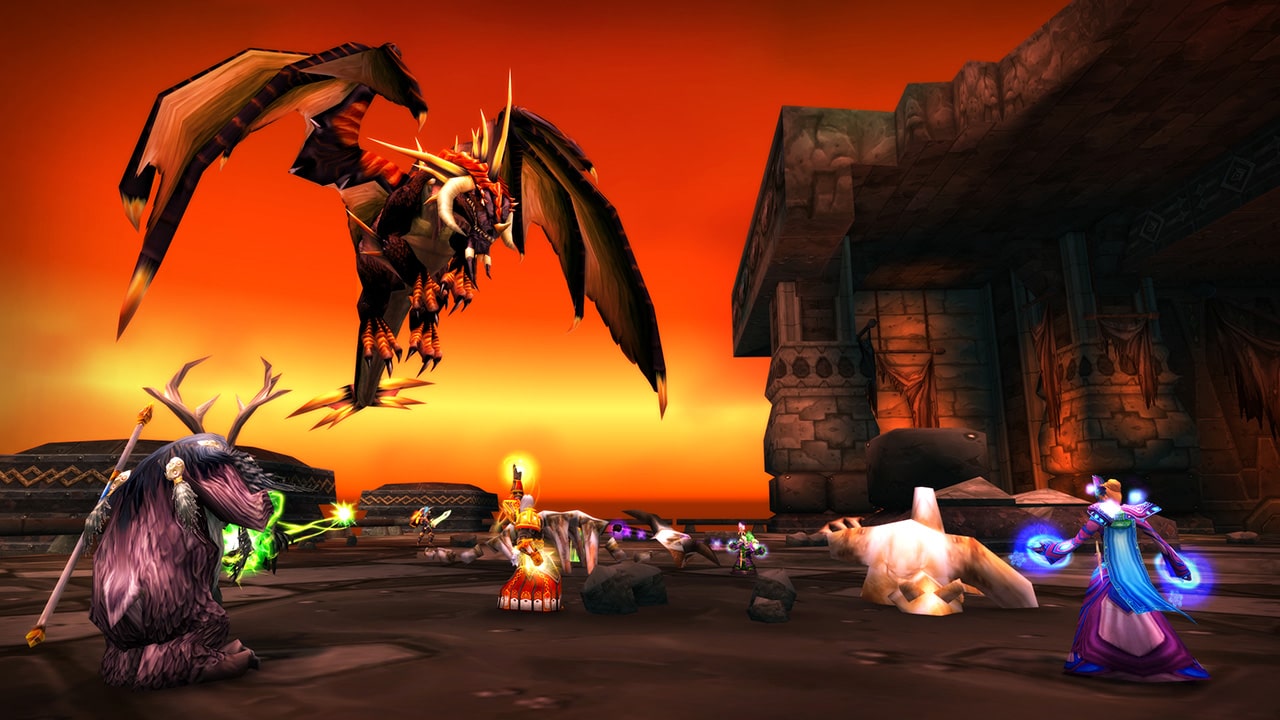
The Real Endgame Loot: The Pride and Accomplishment We Get Along the Way
Regardless of if it's a single-player game or a multiplayer game, endgame content has seemingly always relied on this kind of psychological hook. As much as people like to make a meme out of "pride and accomplishment," it's a perfectly valid motivator. In multiplayer games, it's almost trivial to broadcast the fact that you beat a Raid or some other endgame activity. Things like player titles sometimes make this a very literal factor. Some games might also have a stat sheet of sorts that track your gaming achievements. For those who don't care about bragging rights, being able to help others overcome difficult endgame content (i.e. by being a sherpa) can be another reason to play endgame content. At the most basic level, one might be driven to attempt endgame content simply because their friends want to do it. With all the teamwork that is required to complete endgame content, one might go so far as to say that it's no different than any other real-life social event.
In single-player games, the motivation is basically the same even if no one else can really see it. For example, there's no practical reason to fight Omega or do any of the dungeons in Final Fantasy XV since you've basically finished the story at that point. It's hard to deny that it's incredibly satisfying to blow up Omega though, purely because it's a difficult obstacle to overcome. Plus, people might just like a game enough to want to experience every piece of content that's available, certainly for the memories if nothing else. For some, going for Xbox/Steam/PSN Achievements is fun too, and it would certainly last longer than an in-game trophy. Of course, there's plenty of different reasons why one would want to do endgame content, or not attempt it at all. Pride and accomplishment is merely one (and possibly the most common) such reason.
This brings us to endgame design itself. Endgame content usually relies upon replayability, enticing loot, and unique mechanics that are both interesting and challenging. That's why most endgame activities have time locks, relatively bloated loot pools, and mechanics that (ideally) stand out from the normal gameplay loop. Good endgame content has a fair balance between the three factors. Multiplayer games may also emphasize teamwork, where everyone has a meaningful role that must be played to the best of their ability. There's tons of great examples of this, from any number of World of Warcraft's Raids to Destiny's Vault of Glass to some of the Borderland series' Invincible bosses. Regardless of if you beat a Raid boss for the first time or the 20th time, you should always feel like you're improving, and thus itching for another run. If nothing else, the endgame loop should offer a fun experience since it is almost certainly going to be one of the last things people do before retiring from the game.
Bad endgame content loops, on the other hand, feel like chores. We've all probably experienced some kind of endgame content where the rewards or drop rate are trash, the encounters are stupidly hard or plain tedious, and you're questioning why you're attempting the activity when you can be doing anything else. Borderlands 2 and 3 certainly had this problem with early versions of UVHM and Mayhem mode since they're just new game plus runs except everything has 10,000% more health. Warframe has about a dozen layers of RNG that you have to grind through to get anything good on top of crafting times that can take multiple (real-life) days to complete. Fallout 76 has you collect junk or something and maybe kill a world boss. The Division's first Incursion (i.e. dungeon) was essentially a game of CTF against hordes of bullet sponge enemies. As you can imagine, not exactly the most inspiring set of endgame loops on paper, much less in practice.

If You Must Kill a God, Then the Rewards Should be Godly
Unsurprisingly, this means that if a game has an endgame activity, it's going to need both the best looking and most powerful rewards to get people to play in the first place. If you're chasing stats, you're looking at gear that's build defining—or something that's at least statistically better than most other gear in the game. It's true that at a certain point, you get diminishing returns because a game doesn't have better gear to offer, yet it's not going to stop anyone who likes min-maxing characters and squeezing every bit of power they can out of their builds. There is a certain degree of satisfaction in being able to blow through the hardest content in a game with a powerful character after all.
If you're going after cosmetics on the other hand, you are basically going for visual bragging rights. In a modern first-person game like Destiny, this endgame gear has to be uniquely beautiful since it's literally the first thing that people see when they inspect your character. The Iron Banner and Trials sets for example are instantly recognizable because they have a unique theme. Wolves! Flames! Egyptian stuff! Compared to looking like a murderhobo with mismatched gear all over the place, themed endgame sets are worth their weight in gold. The same goes for the Raid-specific armor sets, most of which use the theme of the Raid as a basis for the armor, as if you made a souvenir from the corpse of a god.
As one can imagine, the more fantastical the setting is, the more aesthetically pleasing the rewards can be. Destiny, Final Fantasy, World of Warcraft, and Star Wars: The Old Republic are great examples of how endgame gear stands out, especially when compared to starting or leveling gear. Increasingly ornate armor and weapon designs, in-your-face visual effects, things of that sort. By contrast, games with a realistic setting like The Division can kind of pull off the cool endgame gear aesthetic, but there's only really so many ways that you can make a bulletproof vest look cool. Is it possible? Of course. Is it ideal? Probably not. Needless to say, visual progression is oftentimes just as great a motivator as practical progression when it comes to endgame rewards.
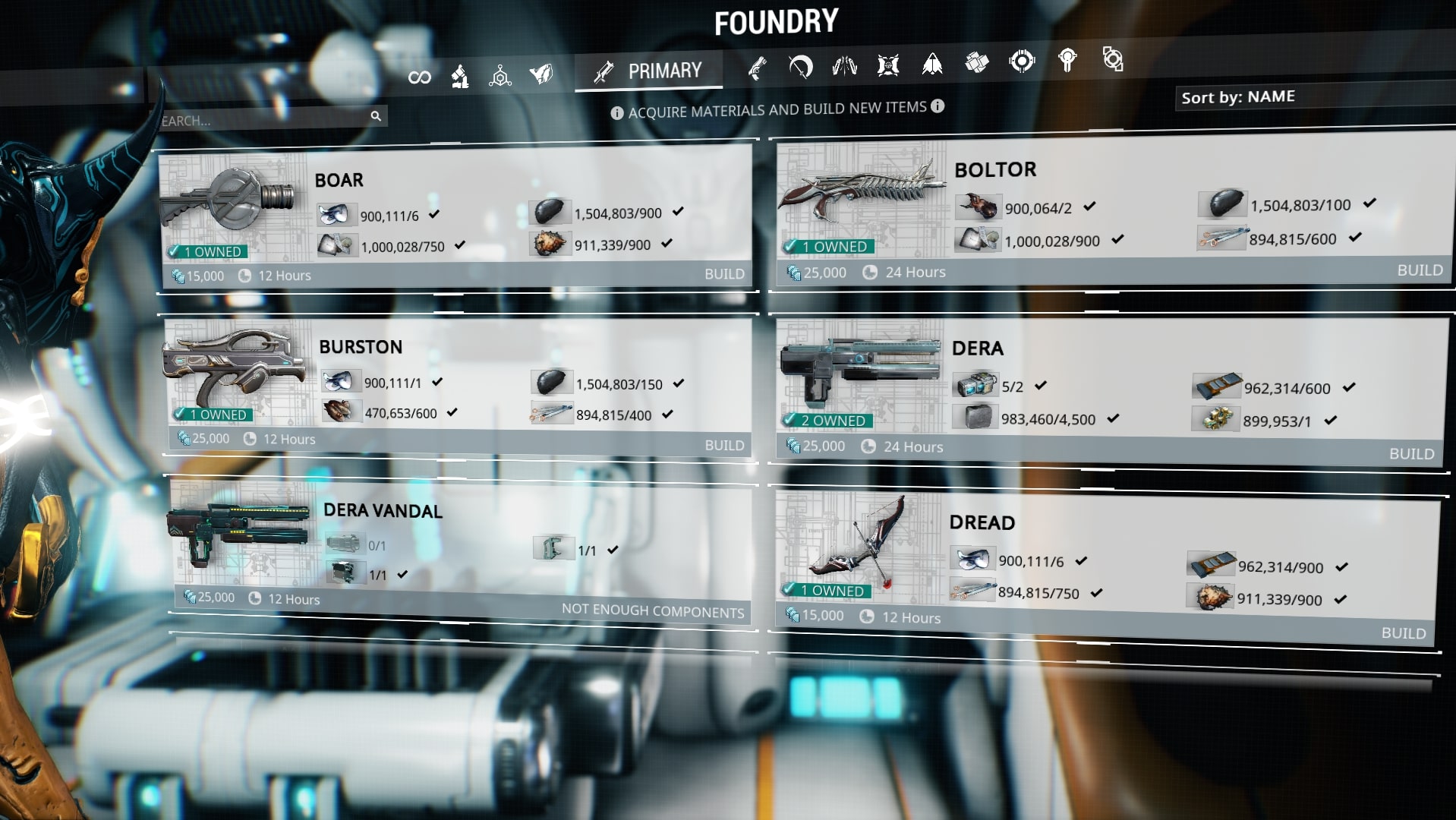
Raiders vs. Wallet Warriors: The Quest for Bling
Unfortunately, if we are to assume that aesthetic progression via endgame rewards is very important to a sizable portion of people, then we can also assume that developers are fully aware of this as well and will monetize everything that makes endgame content special. It certainly ties into why there's been a huge uptick of things like microtransactions and battle passes across the industry. In a sense it's rather boringly predictable. Endgame content like Raids/dungeons get released with cool-looking gear. Problem is that everyone wants the cool gear yet they can't get it. The solution is to offer an endless supply of equally cool-looking gear for real money. Things like battle passes could be considered a kind of paid endgame content too, as they are somewhat repeatable supplementary activities that offer exclusive rewards, though one can just as easily compare them to timed DLCs.
In all fairness, paying for cool looking gear is a relatively harmless. A real issue arises when developers are incentivized to monetize the endgame grind itself. As mentioned before, Warframe lets you craft guns and Frames. Anyone can eventually make a top-tier build, if they're willing to farm for the blueprints, materials, mods, etc., and then wait real-life days for the items to actually finish crafting. Alternatively, you can skip the crafting time and or buy most of these things. Technically it's not pay-to-win since the game is designed in such a way that getting a top-tier gun or whatever is meaningless without the right mods, but then the argument can also be made that by virtue of being forced to wait, you're being put at a disadvantage compared to someone who paid real money. At the very least, you can't use that time to learn how a Frame or weapon performs in high-level content, which definitely has a tangible effect.
On the bright side, there doesn't seem to be any industry-wide push for this kind of endgame monetization scheme so far. Warframe is unique in that it is a free-to-play game that allows for player trading using the premium currency. Every other developer seems to be content with battle passes, traditional DLCs, microtransactions, and the occasional monthly subscription. That being said, it's hard to deny that endgame design has changed drastically over the years. Due to a variety of factors, large-scale MMORPG Raids are no longer the only way to experience infinite content. Ranked PvP, potentially solo-able dungeons and world bosses, new game plus modes, and shorter and more compact Raids have made their way to the forefront of the endgame discussion. Naturally, no one can predict what the future holds when it comes to the development of post-campaign/leveling content, but it is almost certainly going to be exciting.
Have a tip, or want to point out something we missed? Leave a Comment or e-mail us at tips@techraptor.net
